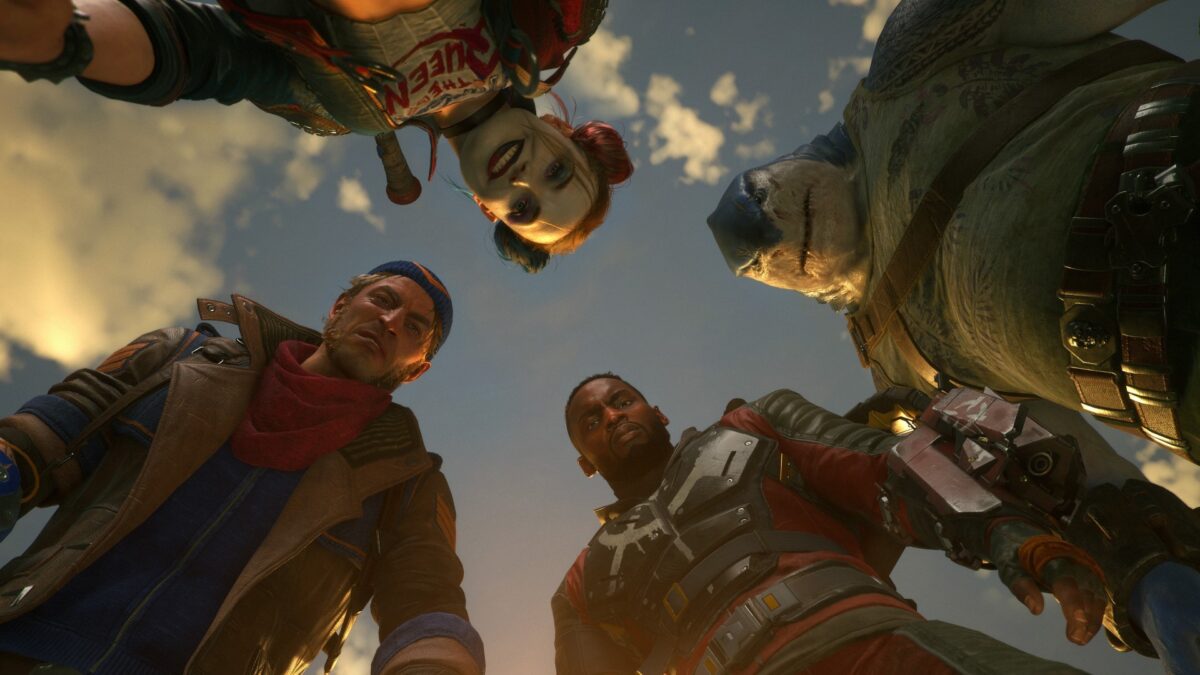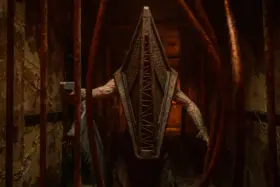Gaming in 2025 is simultaneously incredible, insanely cool, and infuriating. We’ve now reached a point where games look breathtaking, sometimes even photorealistic, some stories hit deeper than they ever did, and Indie creativity is through the roof. But somewhere along the line, gaming industry trends turned int nasty habits that simply refuse to die.
From bloated live service systems (you knew this one would come) to predatory monetization and the obsession with cinematic…well, everything, it has become a conglomerate of gaming industry trends that dilute what made the medium great in the first place, and that’s without just nostalgia talking. Some of these trends are stifling creativity, pacing, and, yes, player experience.
Worrying Gaming Industry Trends
- Live Service Games

Once upon a time – a time, we can still remember vividly – “live service” meant regular updates and cool seasonal content. Now it’s code for grindy, soulless progression loops and half-finished releases. Studios are so obsessed with retention metrics that they forget to make their games fun. Not every title needs daily challenges, login rewards, and overpriced cosmetics, believe it or not.
Sometimes, people just want a complete experience at launch – not a part-time job disguised as entertainment, because that’s exactly what most of those titles feel like, a chore.
Even big names like Suicide Squad: Kill the Justice League proved that no amount of content schedules can save a hollow game. Live service should enhance games, not drain the life out of them.
- Monetized Early Access
This one’s especially bizarre, since a lot of gamers, until this day, believe that early access is a bad thing. But let’s be honest – are most AAA games anything else than glorified early access with a steeper price tag? To make matters worse, with not even the day-one patch making things better a lot of the time?
Sure, some indie devs use the model honestly – Baldur’s Gate 3 proved that it can work, but that game is a unicorn anyway. When AAA studios slap the same label on broken $70 launches, it’s just exploitation with better marketing.
So let’s just stop pretending the good ol’ “we’ll fix it later” counts as a release strategy. If your game isn’t done, don’t charge full price for it.
- Artificial Difficulty for the Sake of Challenge
Somewhere along the line, game design appears to have gotten confused between the words challenging and cheap. We’re talking, of course, about artificial difficulty, something we’ve explored in-depth before. From bullet-spongy enemies, weirdly set checkpoints, and more repetition than we’re able to count, all these don’t make games better, just longer.
True difficulty is about gameplay mastery, smart design, and perhaps adjusted AI behavior – but that’s hard to program, so some developers just take the easy route.
Titles like Elden Ring or Silksong prove that difficulty can be an engaging hook, but only if it’s truly earned. Otherwise, all you end up with are disgruntled players who end up putting your game down in frustration.
- Pre-Order Bonuses and Deluxe Edition Confusion
There’s no polite way to say it, but pre-order culture needs to vanish into the digital void. In an age of instant access and refunds, there’s no reason to buy a game before reviews even exist. And yet, publishers still dangle “exclusive” gear, XP boosts, or – our personal favorite – 24 hours early access as if we’re lining up outside a midnight launch in 2007.

Worse, modern editions are a labyrinth: standard, deluxe, gold, ultimate, “founder’s.” All with different perks, all designed to confuse. Games should sell themselves on quality, not manufactured FOMO, simply designed to sell more copies. Now granted, if the game behind it is good, some players might take the bait, but even then, it’s just no way to treat your customer base.
- Copy-Paste Open Worlds
Exploration is an important tool in video game design because it connects the player to the world, and interaction with our favorite digital medium is why we do all this, after all. If you’re world map is well-designed, you don’t need a huge open world with copy-pasted buildings; what you need is recognizable landmarks, so the player can engage with the world in an immersive way, without having to pull out a map screen every five meters.
The bigger is better philosophy has turned too many open-world games into bloated chores, rather than a world you can’t wait to explore and, yes, even lose yourself in. Assassin’s Creed Valhalla, Forspoken, or heck, actually every Ubisoft title since Far Cry, falls into that same old trap, and if you compare that to games like Gothic or even Skyrim to an extent, you can clearly see the disconnect.
Every path needs to tell a story, or at least have a purpose, and developers need to stop treating map size as a selling point. We’d rather have them focus on what actually matters: Making their painstakingly crafted gameworld feel less sterile – and more alive.






